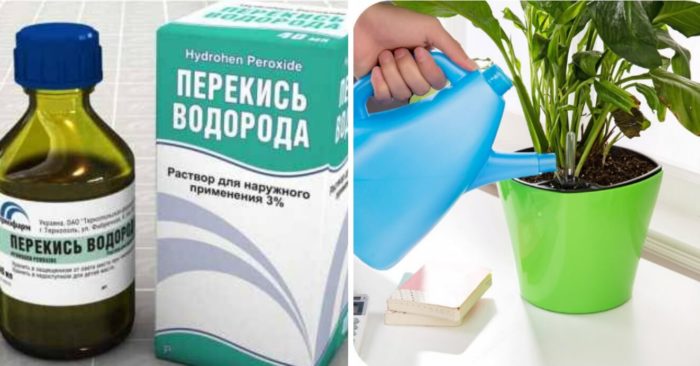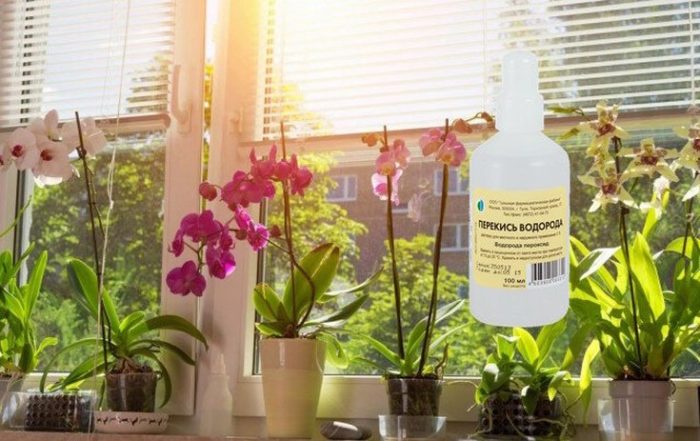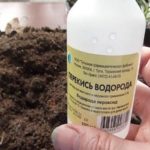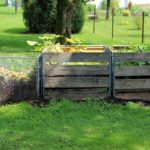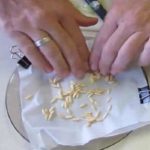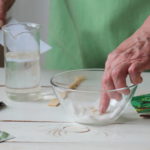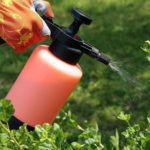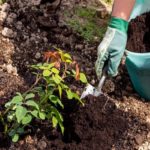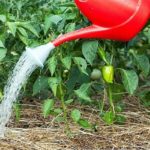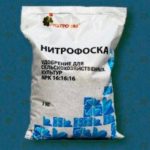Hydrogen peroxide, or hydrogen peroxide, is a universal remedy that is successfully used in various areas of everyday life and medicine. Perhaps the most atypical area is gardening, where H2O2 is used as a component for watering plants. How should you use hydrogen peroxide at home to water indoor flowers?
- Using hydrogen peroxide in caring for indoor plants
- Houseplants for which hydrogen peroxide is an effective fertilizer
- Methods of using hydrogen peroxide when watering
- Proportions and rules for preparing the solution
- Expert advice on using hydrogen peroxide
- Advantages and disadvantages of use
- Situations when the use of peroxide on indoor plants is not recommended
Using hydrogen peroxide in caring for indoor plants
Hydrogen peroxide consists of two hydrogen atoms and two oxygen atoms. This is a colorless liquid that is sold in any pharmacy and stores aimed at gardeners. The product has gained popularity due to its antibacterial and antiseptic properties. Can be used in caring for indoor plants.
How to use:
- water with a solution prepared in the proportion of one tablespoon of hydrogen peroxide per liter of water. Can be used both for prevention and at the first signs of the disease;
- till the soil before planting. This helps create a favorable environment for the root system, increasing the chance of successful growth.
It is important to follow the correct dosage; an excess will harm the plants.
Houseplants for which hydrogen peroxide is an effective fertilizer
Peroxide as a fertilizer is useful for almost all indoor plants. The solution increases the oxygen content in the soil and roots of crops such as violets, hibiscus, orchids, Saintpaulias, roses, anthuriums, arrowroots, and spathiphyllums. It is recommended to use fertilizer for arrowroot and aroids. Subtropical species also love humidity. It is forbidden to feed cacti.
Methods of using hydrogen peroxide when watering
Hydrogen peroxide (H2O2) is a chemical compound known for its beneficial properties. In addition to medicine, cosmetology, and the food industry, the product is used in gardening for watering crops.
Proportions and rules for preparing the solution
Before preparing the solution, you must ensure that the H2O2 concentration is 3% or less. A high rate will harm the plant. How to do:
- prepare water that is safe for crops. It is recommended to take distilled or filtered;
- to obtain one liter of solution, mix 100 milliliters of the product with 900 milliliters of water;
- pour the ingredients into a plastic container, stir for two minutes.
Expert advice on using hydrogen peroxide
Before watering, it is worth checking the soil for moisture to make sure it is necessary. To check, you can do a test by sticking a hard object into the ground to a depth of 5 centimeters. If dirt remains during removal, no watering is required.
After using the product, it is recommended to wait 15 minutes, then drain the excess liquid from the pot. The procedure is carried out to prevent the appearance of pus and waterlogging.
You should use H2O2 once a week. This is due to the fact that excess product damages plant roots and impairs growth.
Advantages and disadvantages of use
Among the advantages are:
- Due to the presence of oxygen, it saturates flowers with nutrients. The health of crops' root and immune systems is also improved.
- Oxidizing properties help decompose organic matter, so the product is used to cleanse the soil of pests and pathogens.
- Active absorption of nutrients by plants, thereby improving growth and development.
Among the disadvantages are:
- High concentration which may damage the roots of young plants.
- Oxidizing properties can cause drying out of the soil.
- Possibility of bactericidal effects on beneficial microorganisms and disruption of the natural balance of the soil.
- Improper use will harm not only one flower, but the garden as a whole.
Situations when the use of peroxide on indoor plants is not recommended
Hydrogen peroxide has oxidizing properties that can damage the roots and leaves of crops. When the product gets into plant tissue, living cells are destroyed, which negatively affects health and development. This is subject to long-term frequent use.
It is not recommended to resort to peroxide if maintaining soil acidity is important for plants. This is due to the fact that the solution disrupts the biochemical balance of the soil; the PH environment also changes, and this negatively affects water-salt metabolism. As a result, there will be a lack of necessary nutrients, which will lead to further weakening of the plants.
Hydrogen peroxide is a truly innovative solution for watering indoor flowers, which ensures plant health.

